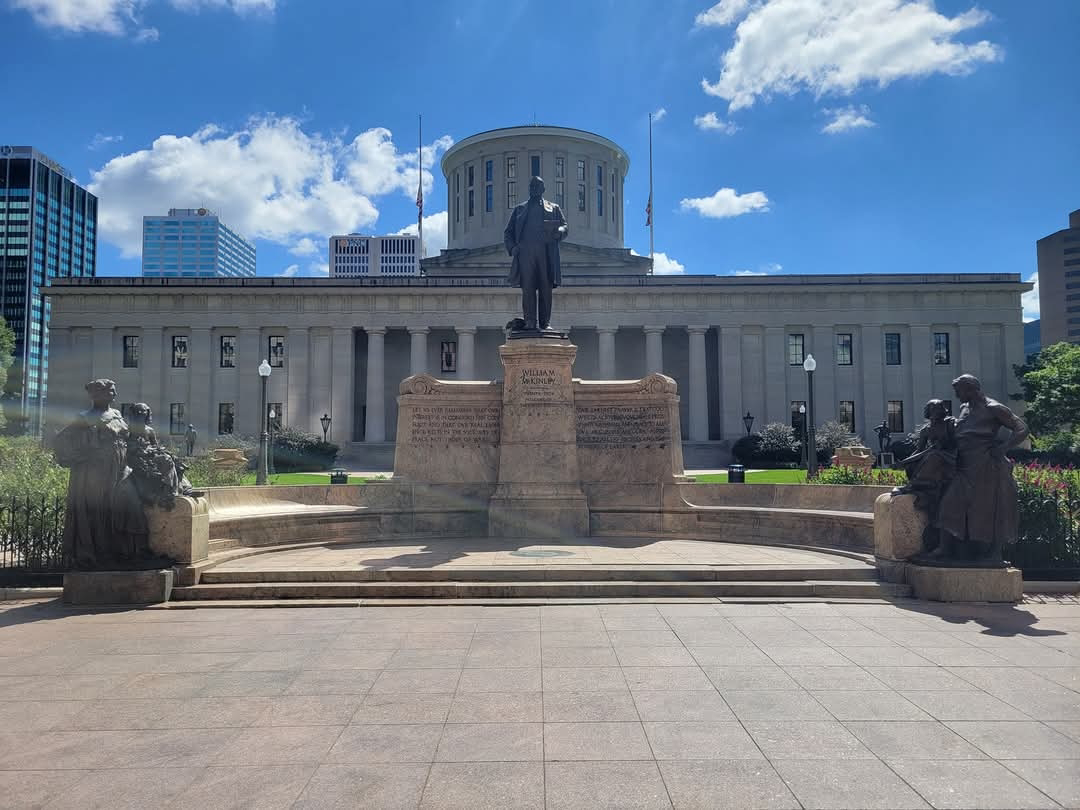The Ohio State Capitol, a cornerstone of Columbus and a symbol of Ohio’s rich heritage, stands as a testament to the state's democratic principles and architectural grandeur.
The journey to establish the Ohio State Capitol began in 1812 when Columbus was chosen as the new seat of government. Before this, the capital had migrated between several cities, including Chillicothe and Zanesville. The decision to settle in Columbus marked the beginning of a monumental project that would take over two decades to complete.
Construction of the Capitol commenced in 1839, but the path to completion was far from smooth. Financial difficulties, labor disputes, and evolving architectural plans caused numerous interruptions, delaying the project for 22 years. Despite these challenges, the building was finally completed in 1861, a marvel of persistence and architectural innovation.
The Capitol was designed in the Greek Revival style, characterized by its emphasis on symmetry, simplicity, and grandeur. Initially envisioned by architect Henry Walters, the design saw contributions from several architects over the years. The result was a building that paid homage to the classical architecture of ancient Greece, standing as a symbol of democracy and governance.
The exterior of the Ohio State Capitol is distinguished by its imposing Doric columns and a unique, broad, flat dome that sets it apart from other state capitols with taller domes. Constructed from Columbus limestone, the building exudes a sense of strength and permanence.
Inside, the Capitol's rotunda captivates visitors with its stunning stained-glass skylight and intricate mosaics, creating a grand and inspiring space. The building houses the chambers for the Ohio House of Representatives and the Ohio Senate, each room richly decorated and central to the state's legislative activities.
Adding to its historical and cultural significance, the Capitol is home to the Ohio Statehouse Museum. The museum offers exhibits on Ohio's history, government, and the Capitol's architectural evolution, providing educational resources and tours that bring the state's past to life.
Surrounding the Capitol is Capitol Square, a 10-acre park adorned with statues, monuments, and memorials that honor significant figures and events in Ohio’s history. Notable monuments include the William McKinley Monument and the Ohio Veterans Plaza, each telling a story of the state's heritage and the people who shaped it.
The Ohio State Capitol is more than just the heart of Ohio’s government; it is a beacon of the state’s democratic ideals and historical journey. Hosting legislative sessions, public tours, and special ceremonies, it remains a vibrant part of Ohio's civic life. Its architectural beauty and historical importance make it a cherished landmark in Columbus, celebrated by Ohioans and visitors alike.


